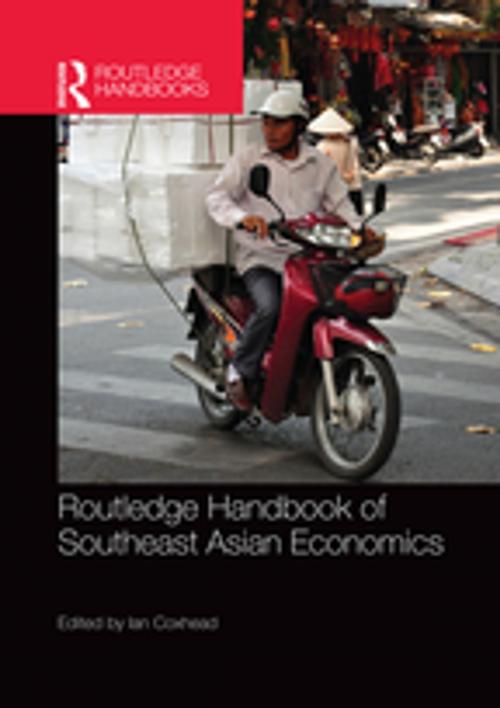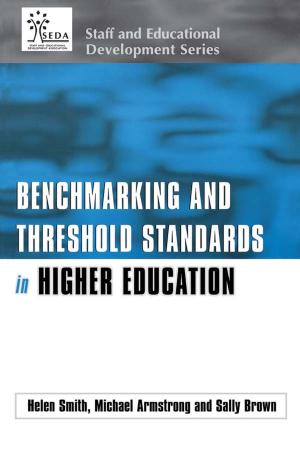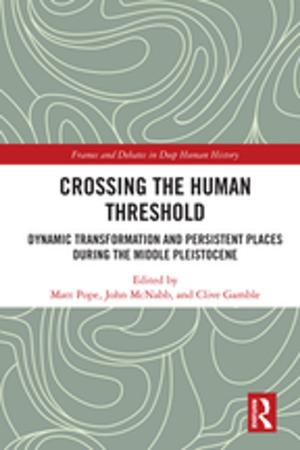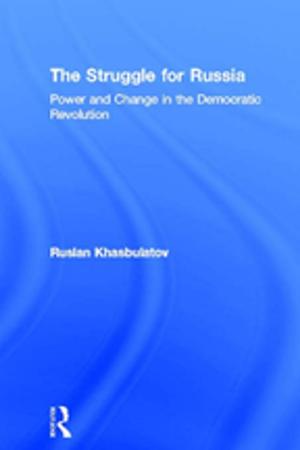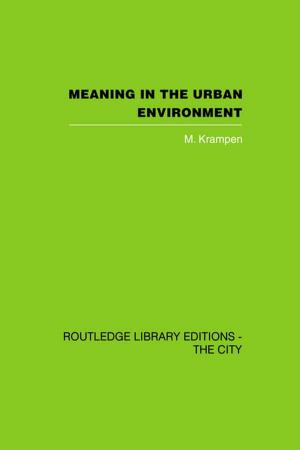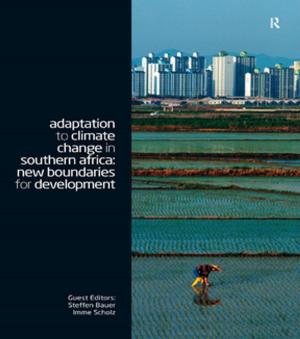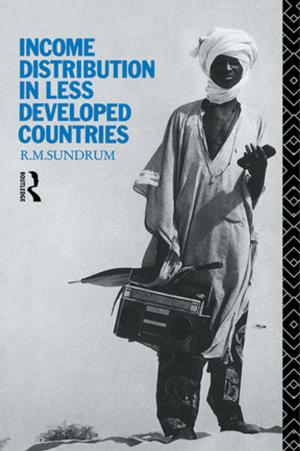Routledge Handbook of Southeast Asian Economics
Business & Finance, Economics, Economic Development, Nonfiction, Social & Cultural Studies, Social Science| Author: | ISBN: | 9781317586043 | |
| Publisher: | Taylor and Francis | Publication: | December 17, 2014 |
| Imprint: | Routledge | Language: | English |
| Author: | |
| ISBN: | 9781317586043 |
| Publisher: | Taylor and Francis |
| Publication: | December 17, 2014 |
| Imprint: | Routledge |
| Language: | English |
The Routledge Handbook of Southeast Asian Economics offers new insights into the rapidly-developing economies of Southeast Asia. Despite widespread initial deprivation, Southeast Asia has achieved and sustained a remarkable rate of growth, in the course of which tens of millions have successfully escaped severe poverty. Though the economies of the region vary in many dimensions, integration into the wider East Asian network of production and trade is a notable common feature, one that continues a centuries-long history of engagement with global trade. A second striking feature is the pace and extent of transformation in the structure of production and in sources of household income in the region, which has undergone remarkably rapid industrialization and urban growth. However, the search for sustained and sustainable growth through and beyond middle-income continues to confront pressing economic and policy challenges.
This Handbook offers a timely and comprehensive overview of Southeast Asian economic development. Organized according to the logic of chronological and thematic unity, it is structured in these sections:
-
Growth and development over the long term
Food, agriculture and natural resources
Trade, investment and industrialization
Population, labor, and human capital
-
Poverty and political economy
-
Twenty-first century challenges
This original Handbook, written by experts in their fields, is unique in the breadth and depth of its coverage. Its forward-looking perspective renders it relevant both now and in the future. This advanced level reference work will be essential reading for students, researchers and scholars of Asian Studies, Economics and Southeast Asian studies.
The Routledge Handbook of Southeast Asian Economics offers new insights into the rapidly-developing economies of Southeast Asia. Despite widespread initial deprivation, Southeast Asia has achieved and sustained a remarkable rate of growth, in the course of which tens of millions have successfully escaped severe poverty. Though the economies of the region vary in many dimensions, integration into the wider East Asian network of production and trade is a notable common feature, one that continues a centuries-long history of engagement with global trade. A second striking feature is the pace and extent of transformation in the structure of production and in sources of household income in the region, which has undergone remarkably rapid industrialization and urban growth. However, the search for sustained and sustainable growth through and beyond middle-income continues to confront pressing economic and policy challenges.
This Handbook offers a timely and comprehensive overview of Southeast Asian economic development. Organized according to the logic of chronological and thematic unity, it is structured in these sections:
-
Growth and development over the long term
Food, agriculture and natural resources
Trade, investment and industrialization
Population, labor, and human capital
-
Poverty and political economy
-
Twenty-first century challenges
This original Handbook, written by experts in their fields, is unique in the breadth and depth of its coverage. Its forward-looking perspective renders it relevant both now and in the future. This advanced level reference work will be essential reading for students, researchers and scholars of Asian Studies, Economics and Southeast Asian studies.
